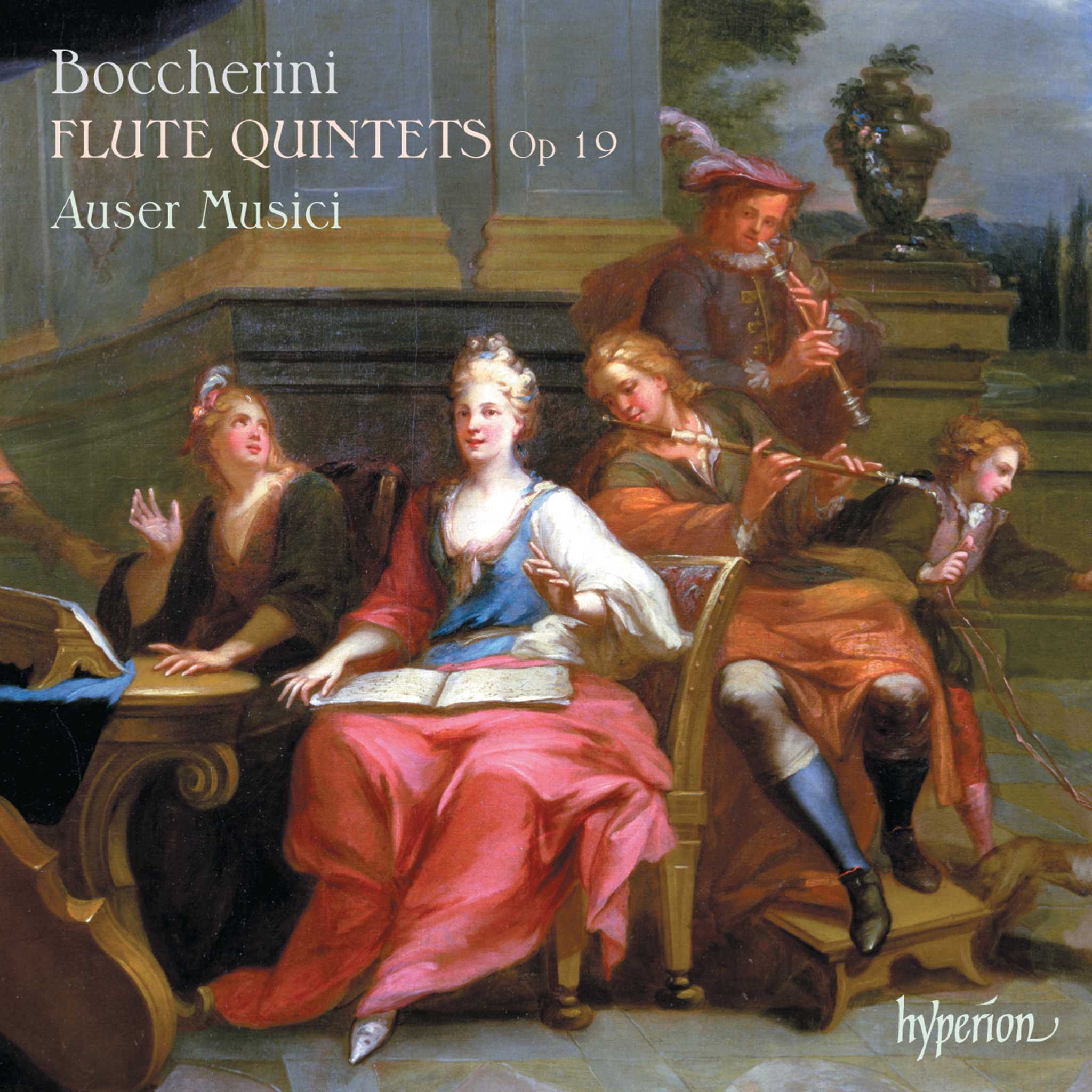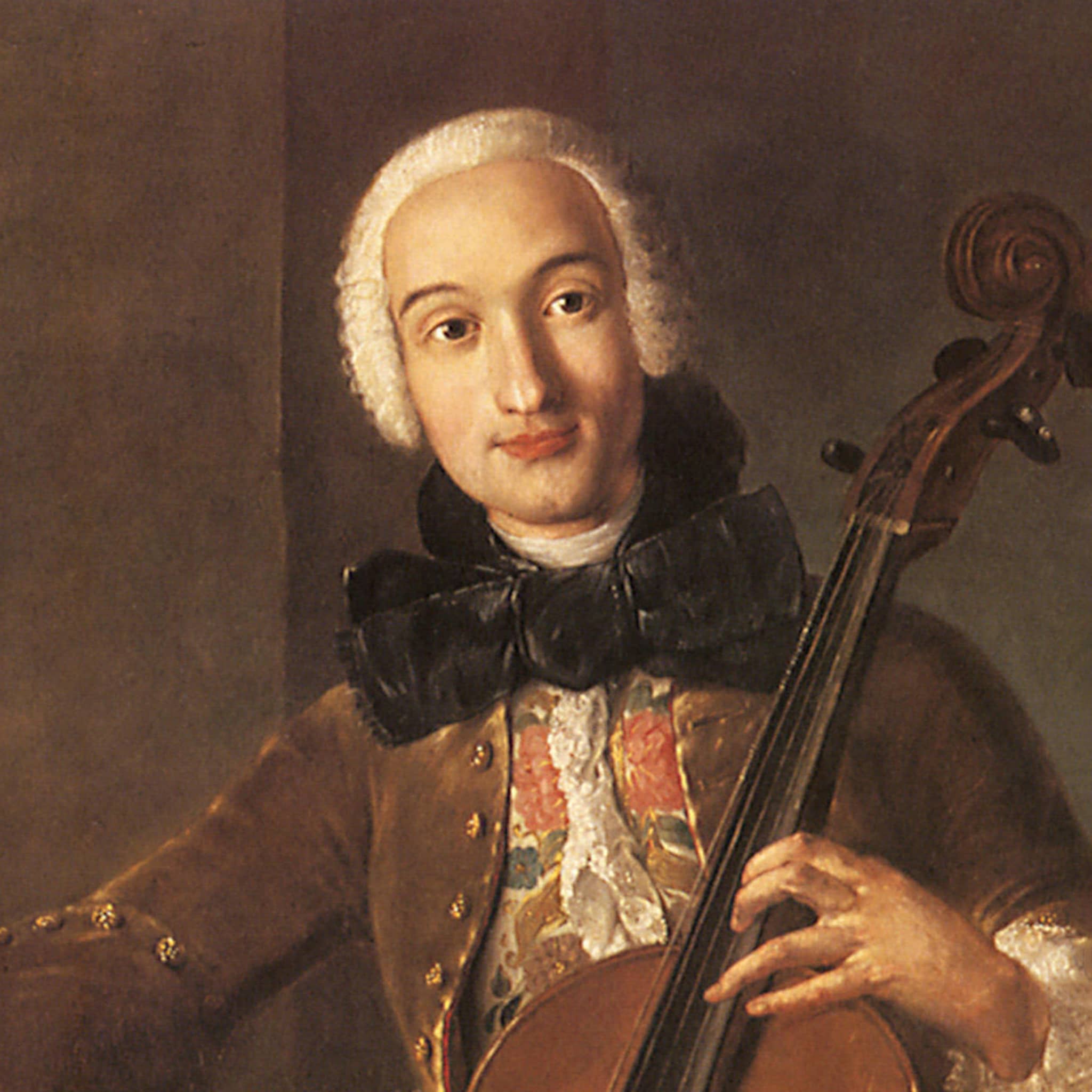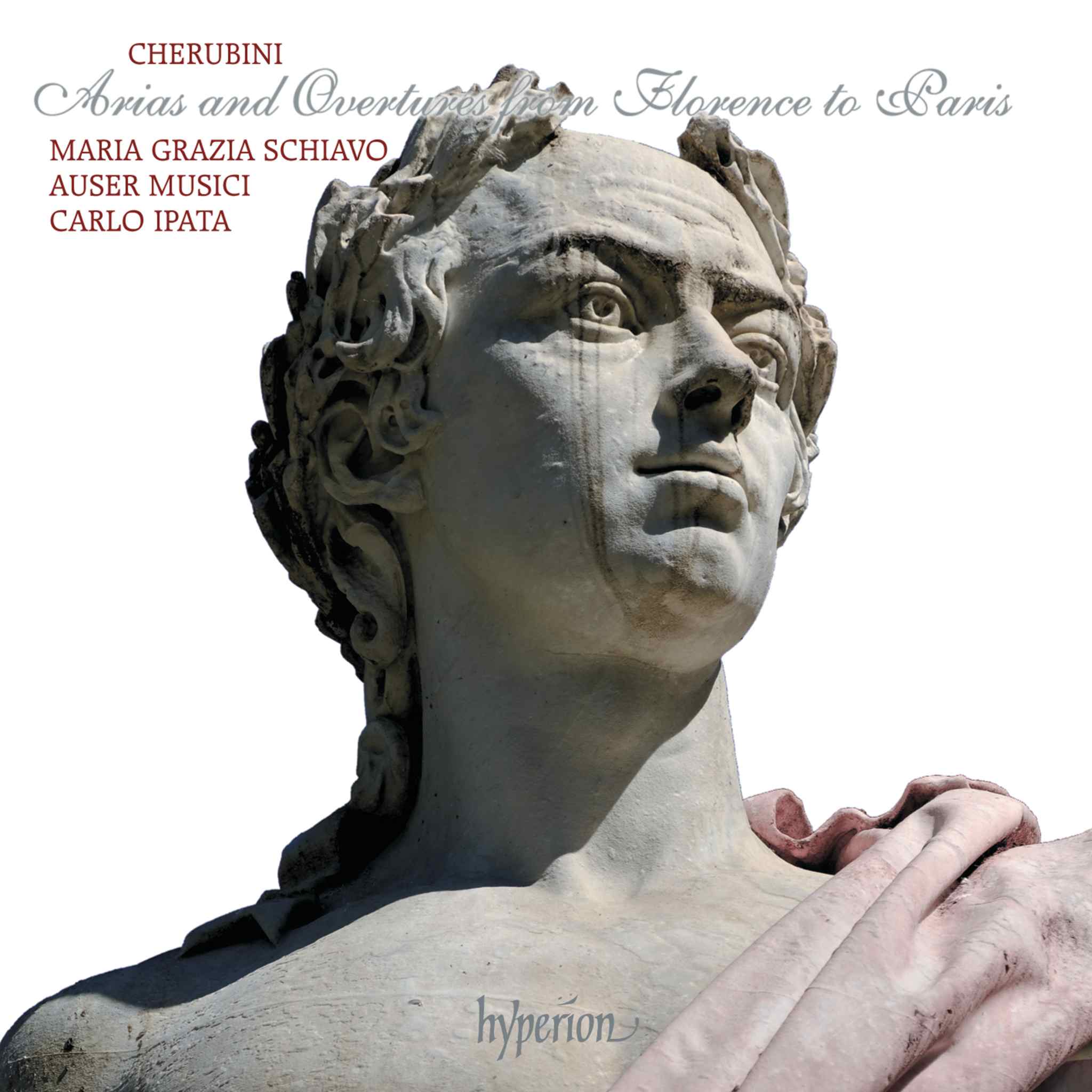Album insights
Vincent d'Indy, a student of Franck, once remarked that even among brilliant musicians, there were no good string quartets from their younger years. The prime Mozart quartets hail from 1789 and 1790 when the composer was 33—an age considered ancient for Mozart. Despite the logical flaw in d'Indy's argument regarding Mozart's future, his statement almost serves as a creed highlighting the dominance of late Beethoven quartets in the 19th-century canon. D'Indy seemed unable to fathom the idea of a string quartet not drawing influence from Beethoven when Debussy and Ravel, at ages 33 and 28 respectively, ventured into the genre. Efforts by these composers were dismissed by d'Indy as merely "hübsche Stückchen für Streichquartett" (pretty pieces for string quartet).
Acknowledging the context of d'Indy's comment regarding Franck's string quartet, which began in the spring of 1889 when the composer was 66 and premiered in April 1890, seven months before his untimely death, sheds light on d'Indy's perspective. Franck's innovative approach is evident, notably in the structural harmony of the first movement, combining sonata and ternary forms to create a unique A-B-A'-B'-A structure. The composition journeyed through multiple revisions, reaching a satisfactory conclusion with the final version dated October 29, 1889. The resulting piece reflects Franck's striving for innovation within the quartet format.
Transitioning to Fauré's endeavors, his quartet, without a piano, delves into a realm famously dominated by Beethoven, showcasing his confidence in exploring modal composition. Fauré's final quartet exudes a solemn, contemplative aura, underlining his honed craftsmanship and intellectual depth. Fauré's meticulous attention to thematic interplay and harmonic evolution encapsulates the quintessential spirit of quartet writing. The quartet concludes with a spirited and jubilant E major finale, devoid of extravagant flourishes but rich in thematic and rhythmic motifs.
In essence, both Franck and Fauré exemplify the pursuit of unity within diversity in quartet writing, a hallmark of exceptional musical prowess. Their unwavering dedication to artistic integrity and technical brilliance signifies a timeless recipe for quartet composition, reminiscent of d'Indy's insightful musings on the genre.





